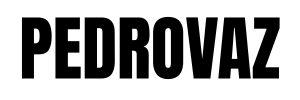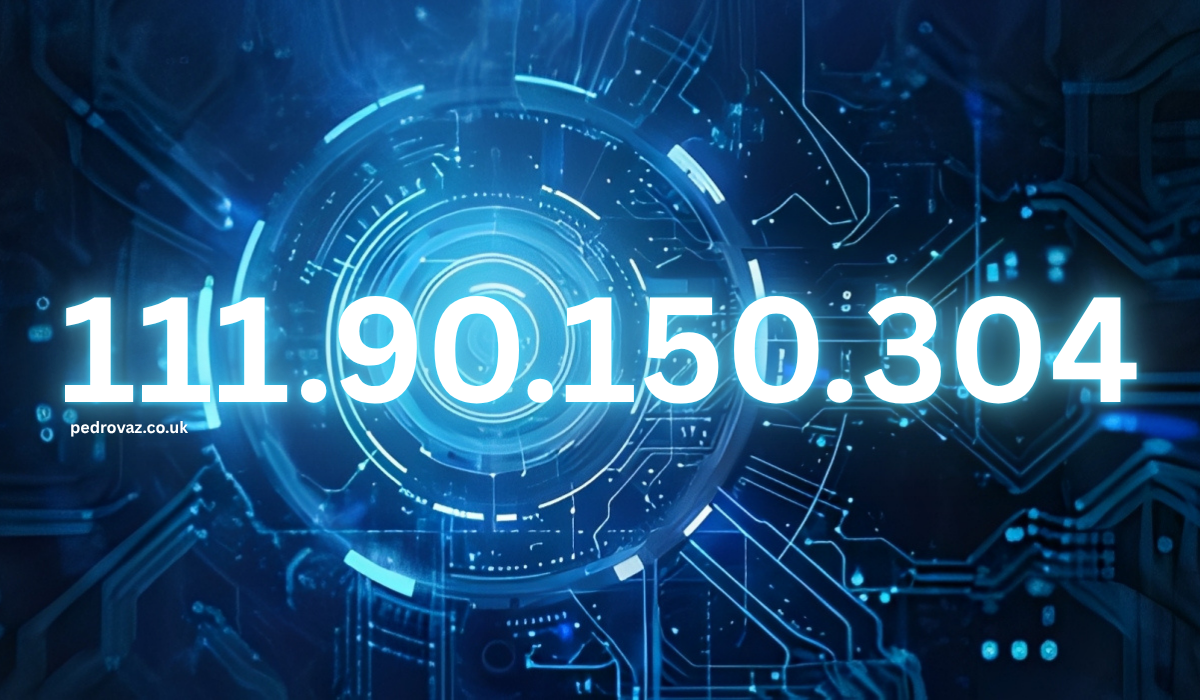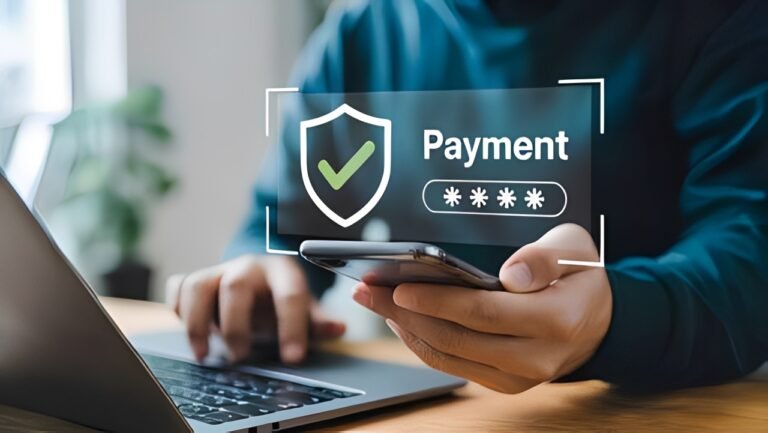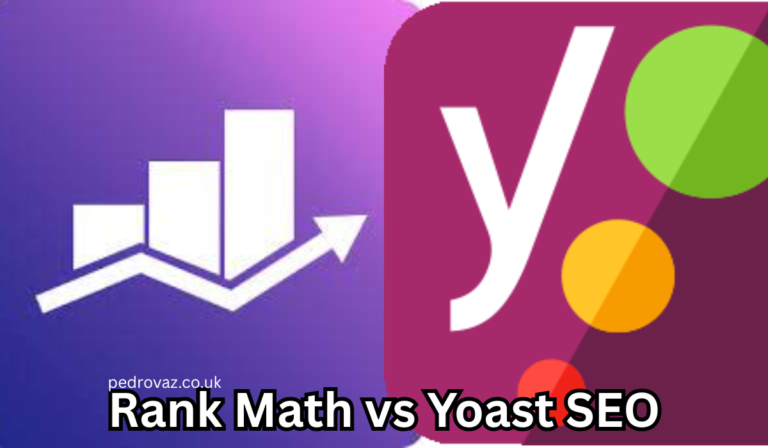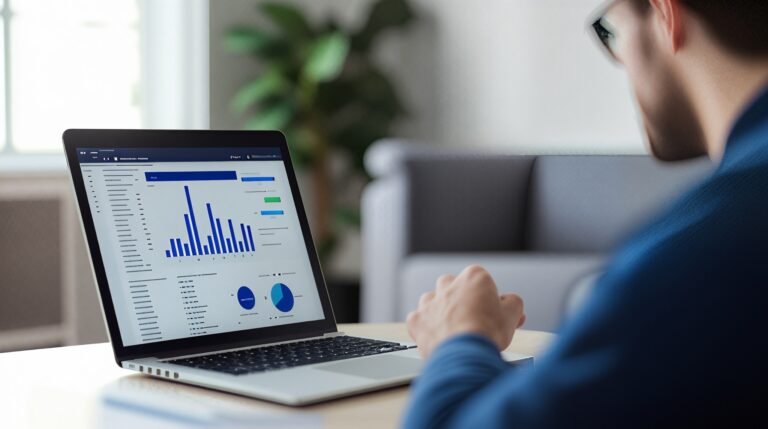Invalid IP 111.90.150.304 What It Means and How to Fix It
Many internet users have come across numbers like 111.90.150.304, thinking it’s an IP address. However, this number is actually invalid. It doesn’t follow the rules that define a proper IPv4 address. Understanding why it’s incorrect helps us learn how IP addresses really work on the internet today.
What Is an IP Address?
An IP address stands for Internet Protocol address. It’s like a unique home address for every device connected to the internet. It helps computers and servers identify each other. Without IP addresses, data wouldn’t know where to go, and websites wouldn’t load properly at all.
The Structure of an IPv4 Address
An IPv4 address is made up of four sections, known as octets, separated by dots. Each section can only have a number from 0 to 255. For example, 111.90.150.200 is a valid IPv4 address. But 111.90.150.304 breaks the rule because 304 is more than 255.
Why 111.90.150.304 Is Invalid
The reason 111.90.150.304 is invalid is very simple. The last part, which is 304, exceeds the highest possible number allowed in any octet. The internet’s IP system cannot read or route such a number. Therefore, this address cannot exist or function properly online.
Common Mistakes When Writing IP Addresses
It’s common for people to type an IP address incorrectly. Mistakes like adding an extra digit, writing numbers over 255, or putting extra dots can make an address invalid. So if you see something like 111.90.150.304, it’s probably just a typing or configuration error.
The Role of IP Addresses in Networking
IP addresses are the backbone of the internet. Every time you visit a website, send an email, or use an app, your device uses its IP address to connect. It’s like a digital passport that helps devices communicate with servers across the world efficiently and securely.
The Difference Between IPv4 and IPv6
There are two main types of IP addresses — IPv4 and IPv6. IPv4 uses four numbers separated by dots, while IPv6 uses longer strings with letters and numbers separated by colons. IPv6 was created to handle the growing number of devices on the internet.

Why 111.90.150.304 Might Appear Online
Sometimes you may find 111.90.150.304 in server logs or spam emails. This usually happens when someone mistypes an address or tries to fake one. Some hackers or bots even use invalid IPs to hide their true location or confuse tracking systems online.
How to Identify a Valid IP Address
You can easily check if an IP address is valid. Just remember that each number between dots must be 0–255. If any number goes beyond this range, like 304, then it’s invalid. Tools and websites can also help verify if an IP address is real or not.
What Happens When You Use an Invalid IP
If you try to use 111.90.150.304 in your browser or server settings, it simply won’t work. The system will return an error or fail to connect. Computers can’t interpret such invalid addresses, and therefore, they can’t send or receive any data successfully.
How to Correct IP Address Errors
When you see an invalid IP like 111.90.150.304, double-check your settings. Replace the last octet with a valid number between 0 and 255. For instance, you can change it to 111.90.150.100 or 111.90.150.200. These addresses follow proper IPv4 rules and can work fine.
The Importance of Valid IP Addresses
Valid IP addresses are essential for communication on the web. Without them, devices can’t locate or connect with each other. A single mistake, like typing 111.90.150.304, can prevent servers from working, block access to websites, or even cause network failures.
How Internet Providers Assign IPs
Your Internet Service Provider (ISP) assigns an IP address to your device each time you connect. Some are static, meaning they never change, while others are dynamic and change automatically. Either way, all must follow the correct range — never like 111.90.150.304.
Tools to Validate IP Addresses
There are many free online tools that can check if an IP is valid or not. Just paste 111.90.150.304 into any IP checker, and it will tell you it’s invalid. These tools are helpful for network administrators, website owners, and even normal users managing digital systems.
Understanding Private vs Public IPs
Some IPs are public, meaning they are visible on the internet, while others are private and only used inside home or office networks. Examples of private ranges include 192.168.x.x and 10.x.x.x. However, no range includes something like 111.90.150.304, since it’s invalid.
IP Address Security and Privacy
IP addresses also relate to online privacy and security. Hackers can try to track or misuse IPs. However, when you see invalid ones like 111.90.150.304, it’s usually not dangerous but just incorrect. Still, understanding your IP helps you stay safe on the web.
Why Some Websites Mention Invalid IPs
Sometimes websites list invalid IPs like 111.90.150.304 in articles or examples. They do this to teach about internet errors, networking basics, or cybersecurity lessons. Using an invalid IP ensures that readers don’t accidentally visit a real website or server during learning.
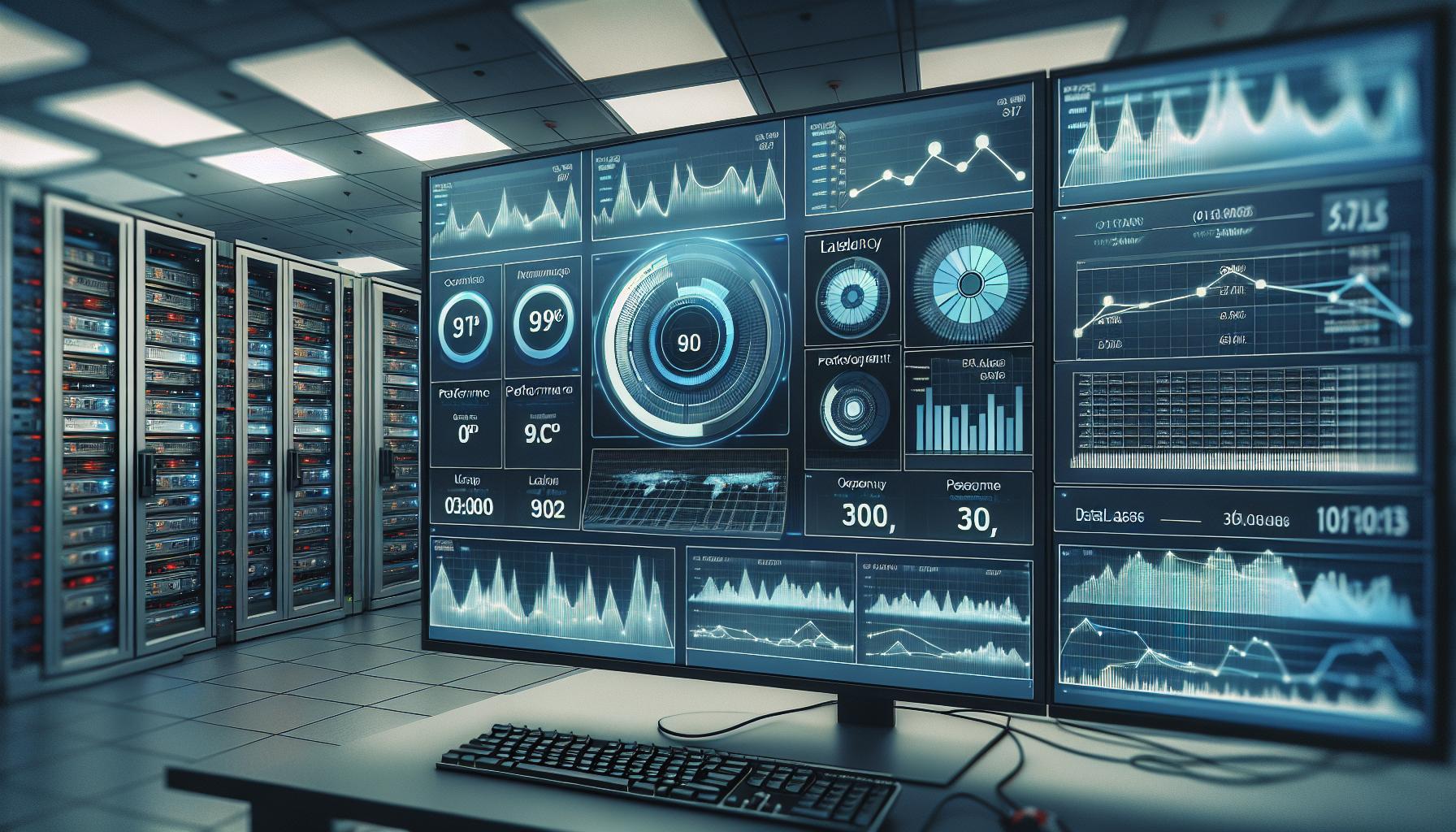 What Network Engineers Should Know
What Network Engineers Should Know
Network professionals always ensure that all devices use correct IP configurations. A wrong number like 111.90.150.304 can cause systems to disconnect or fail. That’s why engineers use software to automatically validate addresses before deploying network setups.
How IP Addresses Affect SEO and Websites
For website owners, IP addresses matter too. A wrong server IP can make a site go offline. Using an invalid one like 111.90.150.304 means the domain can’t connect to its server. Therefore, correct IP setup is important for search rankings and site availability.
Conclusion
111.90.150.304 is not a valid IP address because it breaks the IPv4 rule of having octets between 0 and 255. Understanding this helps users avoid network errors and improve their digital knowledge. Always check IPs carefully to ensure smooth online connections.
FAQs
1. What makes 111.90.150.304 invalid?
Because the last octet, 304, is higher than 255, which breaks IPv4 formatting rules.
2. Can I fix 111.90.150.304 to make it valid?
Yes, replace 304 with a number between 0 and 255, like 200.
3. Is 111.90.150.304 dangerous or harmful?
No, it’s just invalid. It doesn’t point to any real device or server.
4. Why do I see 111.90.150.304 online?
It might appear in fake data, spam, or incorrect configuration examples.
5. What’s the correct way to write an IP address?
Always keep each section between 0 and 255, like 111.90.150.200.
Read Also: What Is 357265376552230395ce4416fba0000000033? This Mysterious Hex Code
